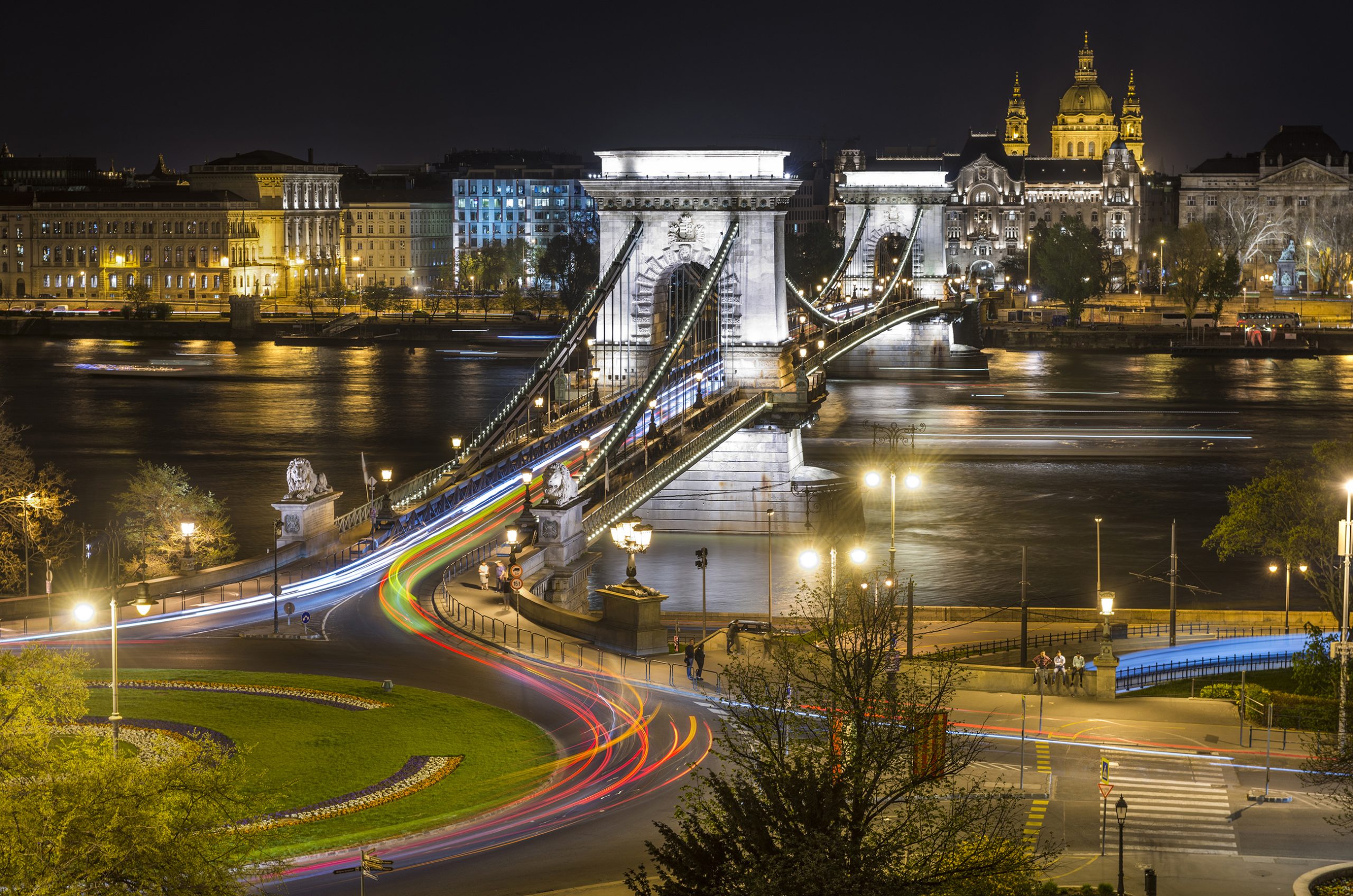Budapest Restart
Budapest Restart focuses on short-term measures that are in line with the long-term goals of the city administration; to make Budapest a diverse and safe city by creating a liveable environment and by continuously adapting to the changing social and economic circumstances. To this end, the programme prepares public service in Budapest for the expected multi-wave pandemic and contributes to restarting regular life in the city.
The initiative also emphasises rethinking the use of urban spaces, making walking, cycling and using public transport more attractive, revitalising the economy, reviving cultural life and tourism, and improving social services and local governance. The developers of Budapest Restart also considered the programme as an opportunity to redesign; the first important goal was to identify the areas where a change of direction was needed during the reopening, and where it was worthwhile to maintain the new working methods and solutions introduced due to the crisis.

The core of the new economic developments is the 10-minute city concept.
The long-term goal is to develop an urban structure in which citizens can carry out most of their everyday tasks within a 10-minute walking or cycling distance. Budapest Restart aims to develop centres in different parts of the city by improving local retail and public services, reducing the need for mobility. The specific measures of the Restart programme aim to promote local services, markets and shops, while developing bicycle infrastructure and traffic calming pilot projects also contribute to the implementation of the 10-minute city concept.

Source: www.raketa.hu
Creating new cycle tracks: ’Nagykörút’/Grand Boulevard is one of the most central and busiest parts of Budapest (where Europe’s busiest tramway network operates), it forms a semicircle connecting two bridges of the Danube.
-
- Due to the COVID-19 emergency situation, there was an increasing need for different forms of individual transportation: car usage, walking and cycling. Having a vision of a green and sustainable city with less noise, cleaner air and more space provided for pedestrians, the Municipality of Budapest, taking into account approx. 50.000 feedbacks from the people living in the capital city, created new cycle tracks on the boulevard.
- The decision-makers continuously review and monitor the experiences of the end users and they reshape the traffic of the boulevard according to traffic data and the feedback of the habitants. Their goal is to re-build the capacity of the roads for car users but also to keep space for cyclists and pedestrians at the same time. However, the project is a success so far: thanks to the broadening of the roads of the boulevard, most of the traffic jams were abolished and according to traffic data, more and more cyclists use the roads. According to our data, there have never been so many cyclists in the city in this period of the year.
Green area maps for decreasing crowded parks. During the period of strict social distancing, a new mobile application has helped residents to explore the city’s lesser-known green spaces.
Projects related to traffic mitigation: since the new leadership of Budapest would like to mitigate noise, pollution, the number of traffic collisions and through traffic in the capital, it started implementing experimental projects related to traffic mitigation.
-
- The decision-makers changed some traffic regulations and introduced speed limits in certain districts. Thus, it is harder to get through the city by car with high speed (especially in densely populated areas), resulting in less accidents.
- According to future plans, roads which were used as ’highways within the city centre’, should be renovated and be transformed into main roads with broader pavements, with newly planted trees (becoming an avenue) where people can use their bikes in a safe way.
- However, these projects are flexible: they can be easily modified, adjusting the regulations to the needs and feedbacks of the end users.
Opening Pest quay: during summertime, due to the COVID-19 situation, there was an emerging need of social distancing. Also, the new leadership of Budapest had a plan to bring river Danube closer to people.
-
- Most parts of the quays of the Danube are used for car traffic with high speed, separating habitants from the river
- The Municipality (in collaboration with NGOs) implemented an experiment: during the weekends, it closed the Pest quay (no car could enter it from either side), opening it for the public: only pedestrians and cyclists could use it.
- According to the original plan, the project would have been lasted until the end of summer, but due to the great success, it has been extended until the end of October.

Source: www.raketa.hu
Discount when it comes to using public spaces: the General Assembly of the Municipality of Budapest recently passed a new proposal on an opportunity provided for cafés, bars and restaurants. From now on, they can apply for a 90% discount when using public spaces, establishing their terraces on the streets of Budapest.
-
- The goal of this proporal is to support enterprises affected by the negative economic impacts of COVID-19.
- However, the long-term goal is to incentivise the establishment of terraces, making the streets of Budapest greener and pedestrian-friendlier.

Source: www.funzine.hu

